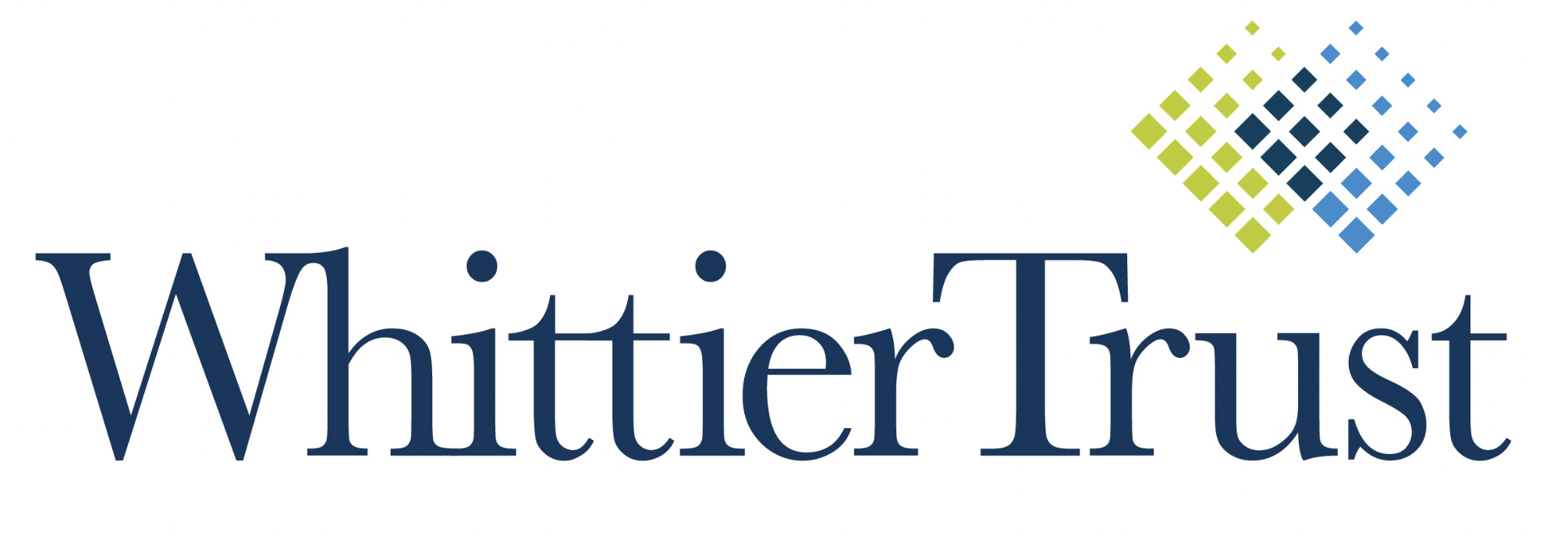Be sure you understand your charitable options before committing.
 A $1 billion dollar donation is always a big piece of news, and when an ultra-high-net-worth individual or family makes such a gift, the world is sure to take notice. Within the last year, such donations have been made to community foundation donor-advised funds (DAF). No doubt, these gifts are generous and can move the needle philanthropically for causes dear to the hearts of the donors, but digging into the fine print on the fund establishment documents can reveal some drawbacks. For example, many community foundation DAFs stipulate that the power to direct those assets moves from the original donor's family to the foundation after the donors’ or their children’s passing. However, there are options for perpetual funds that are every bit as impactful, while offering more control for donors and their families for generations to come.
A $1 billion dollar donation is always a big piece of news, and when an ultra-high-net-worth individual or family makes such a gift, the world is sure to take notice. Within the last year, such donations have been made to community foundation donor-advised funds (DAF). No doubt, these gifts are generous and can move the needle philanthropically for causes dear to the hearts of the donors, but digging into the fine print on the fund establishment documents can reveal some drawbacks. For example, many community foundation DAFs stipulate that the power to direct those assets moves from the original donor's family to the foundation after the donors’ or their children’s passing. However, there are options for perpetual funds that are every bit as impactful, while offering more control for donors and their families for generations to come.
As the number of high-net-worth Americans has grown in the 21st century, the popularity of DAFs has soared. According to the National Philanthropic Trust, total grants from DAFs have been on the rise for over a decade, more than doubling in the past five years alone.
So why are so many people choosing DAFs as their giving vehicle? Whittier Trust’s Jeff Treut, Vice President, and Pegine Grayson, Senior Vice President and Director of Philanthropic Services, discuss the benefits, limitations, and misconceptions.
Why DAFs?
 “Immediate tax benefits are a primary reason most of our clients choose a DAF,” Treut says. “The tax deductibility rules for DAFs are much more favorable than those for private foundations, especially when it comes to appreciated alternative assets like real estate and private equity. You get the write-off. Then, you can support your preferred charities on your own timetable. The second reason is that a DAF is a much simpler and less costly vehicle to establish and manage than a private or family foundation.”
“Immediate tax benefits are a primary reason most of our clients choose a DAF,” Treut says. “The tax deductibility rules for DAFs are much more favorable than those for private foundations, especially when it comes to appreciated alternative assets like real estate and private equity. You get the write-off. Then, you can support your preferred charities on your own timetable. The second reason is that a DAF is a much simpler and less costly vehicle to establish and manage than a private or family foundation.”
While a private foundation requires ongoing management, a DAF requires only a few steps:
- Complete a simple form on which you name your fund, advisors, and any successors. You can also spell out your wishes for grantmaking after your passing.
- Make a contribution (typically, cash, stock, or real estate) and receive an immediate tax deduction for the fair market value. No capital gains tax is due.
- Recommend grants from your account to qualified charities at any time.
Other benefits of DAFs include the ability to make anonymous grants (not possible with foundation grants) and to use the word “foundation” in the DAF name, if desired.
Choosing The Right DAF Platform
All DAFs are not created equal, and it can be confusing to know which one is best for your needs. There are essentially four types of DAF sponsors from which to choose:
- Community foundations: A good choice if you want a sponsor with deep knowledge of a particular community. But beware the fine print: Because their mission is to grow their own endowments to benefit their local regions, they often limit the number of successor advisors that can be named (after which time the funds roll over into a general fund) and often aren’t comfortable accepting alternative assets.
- Large nonprofits, such as hospitals and universities: These “proprietary” DAF platforms make sense for donors who know they primarily or exclusively want to benefit a particular nonprofit and trust it to manage their charitable funds.
- Institutional DAFs: Examples of this type include Fidelity, Vanguard, and Schwab. “For donors who are fee-sensitive and tech-savvy, these can be a good choice,” says Treut. “But they tend to be very low-touch, high-tech operations. Most don't provide you with a dedicated advisor. They basically say, ‘Here’s your DAF, here's the portal; it’s up to you.’”
- White-labeled platforms for wealth management firms: This is the Whittier Trust model, and for the reasons discussed below, it is the fastest-growing segment of their philanthropic services offerings.
“We developed our donor-advised fund platform intentionally to provide the flexibility and responsiveness that our ultra-high-net-worth clients need,” says Grayson. “We’re comfortable accepting gifts of real estate, and we can hold private equity and stock concentrations. We don’t limit the number of successor advisors our clients can name, because we have no mission other than helping our clients achieve theirs. We can also treat your DAF like a private foundation, providing you with a dedicated grantmaking portal and customized grant-related correspondence, facilitating meetings with your family and helping you clarify your mission and values, setting charitable giving goals, and identifying and vetting nonprofit grantees. We offer our DAF services to unlimited generations of family members, which is important to our clients.”
 “The reason our clients love this model is because our philanthropic team provides that extra layer of support and quality control, which is only possible when your advisory team knows you intimately,” says Treut. By way of example, he notes that one of Grayson’s clients decided to move her DAF from a community foundation to Whittier Trust when the community foundation sent a $30,000 grant to the wrong organization because the staff wasn’t familiar with her grantmaking patterns.
“The reason our clients love this model is because our philanthropic team provides that extra layer of support and quality control, which is only possible when your advisory team knows you intimately,” says Treut. By way of example, he notes that one of Grayson’s clients decided to move her DAF from a community foundation to Whittier Trust when the community foundation sent a $30,000 grant to the wrong organization because the staff wasn’t familiar with her grantmaking patterns.
Whittier Trust also attracts clients who have needs that other firms might find too difficult to manage. “We had a family from Houston who wanted to contribute shares of a single publicly traded stock valued at over $1 billion into a DAF,” Treut recalls. “By the time they found us, they had been turned down by several platforms that were either unable to accept that large of a stock concentration or unwilling to hold it because they insisted on liquidating the shares so the assets could be put into proprietary funds. The client was understandably concerned about moving the market with a sale of that size. Because of the structure of our platform and because we have no proprietary equity funds, we can manage stock concentrations like this.”
Making a Move
Moving a DAF from one provider to another isn’t difficult. You simply recommend a grant for the entire amount of the existing fund to the new fund. In the same way, it’s also possible to convert a private foundation to a DAF (although you’ll incur some legal fees along the way to dissolve a corporate foundation). One thing you cannot do, however, is convert a donor-advised fund to a private foundation.
If you’re ready to learn more about the charitable vehicle options available to you and your family, start a conversation with a Whittier Trust Advisor by visiting our contact page.
We believe final tariffs will be lower than those proposed currently; their impact on growth and inflation will be lower than feared.
We assign a low probability to a recession, “stagflation” or a bear market.
We expect the S&P 500 to deliver a positive return in 2025.
We believe fears of “de-dollarization” and significantly higher Treasury yields are overblown.
From Investments to Family Office to Trustee Services and more, we are your single-source solution.

